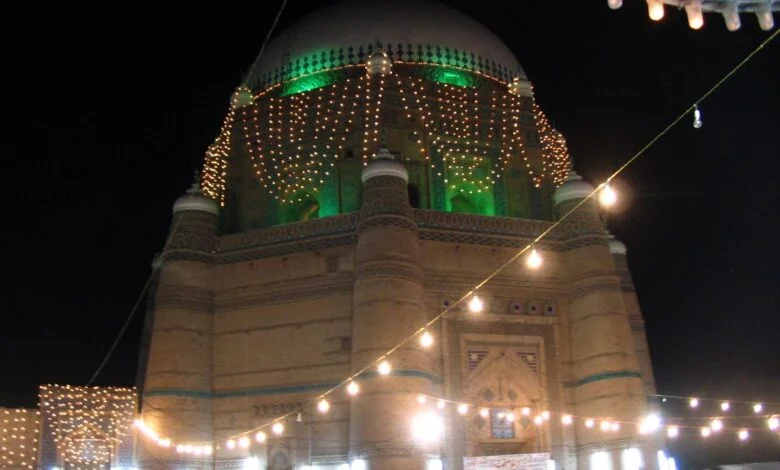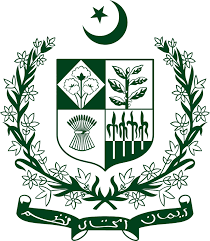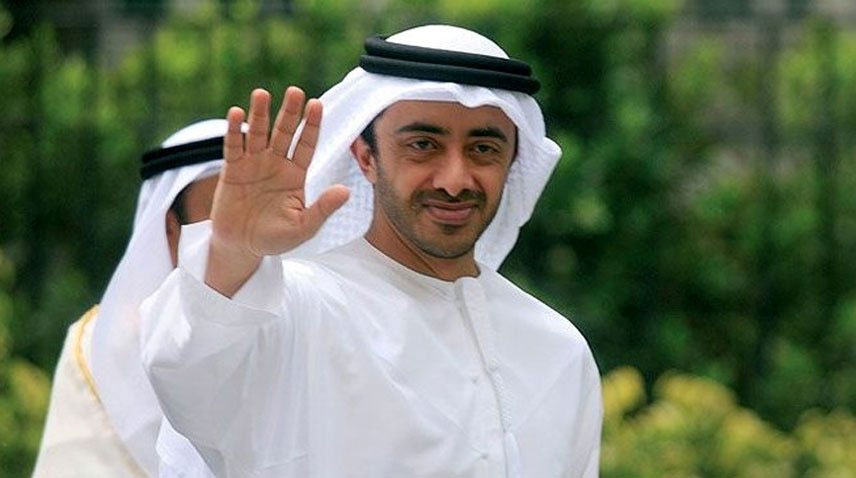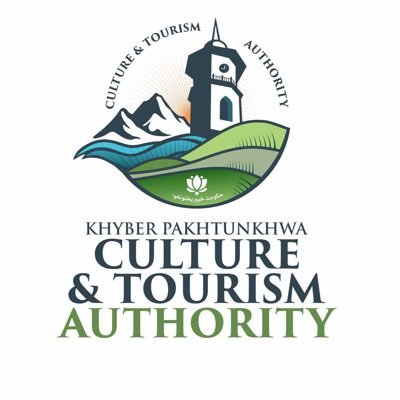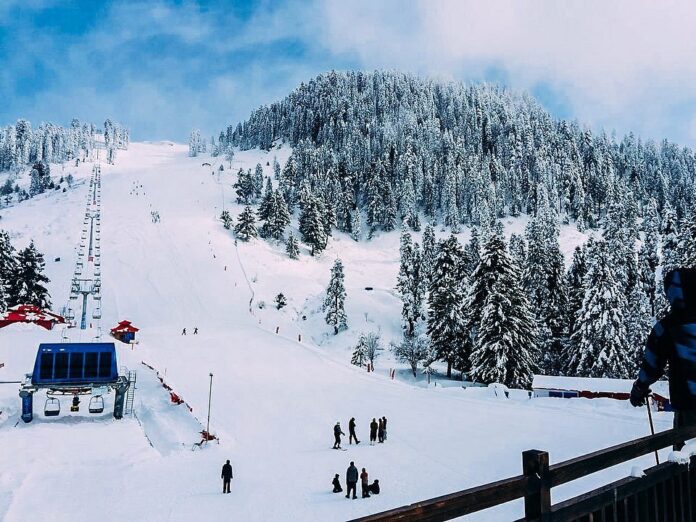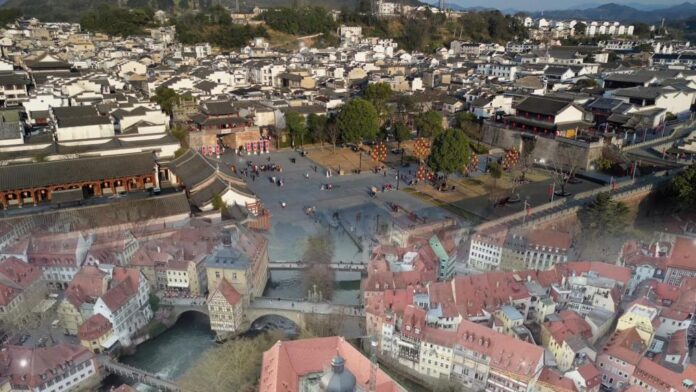Salman Raza
The city of Multan is said to be a 5000 B.C historic oldest region and the sister city of Rome. Previously, it was called ‘City of Gold’ now retaining the status of ‘City of Saints and Shrines’.
However, it is also believed that the city was named after the Sun Idol called ‘Multan’ being worshipped by Hindus surviving in majority here before taking place the historic partition. Multan throughout its history has remained a center of social, culture, religious, educational and political activities. Today, it reflects a complex mix of modern, planned metropolitan systems and an old civilization.
Within the radius of 25 miles in Madeena-tul-Aulia, there are hundreds of mausoleums of saints who propagated Islam in the sub-continent with the message of peace, tolerance and religious harmony.
There are more than 100,000 shrines placed here in the city with most of them erased with the passage of time due to the expansion and development projects. However, presently there are around 3000 to 4000 shrines that are visited by the people regularly.
One of the famous shrines is of Sheikh Bahuddin Zakariya known as Bahawal Haq. Born in 1170 in Layyah, he got religious education from Iran. On his return to the Sub continent, Bahawal Haq settled in Multan in 1222 AD to preach Islam.
Sheikh Bahauddin Zakariya’s Mausoleum is visited by thousands of people and devotees from all over Pakistan especially from Sindh apart from Southern Punjab. Shah Rukn e Alam was the grandson of Bahawal Haq, who continued the message of his grandfather.
His shrine was built by Ghias-u-Din Tughlaq. In addition to that, The Khanqah (Shrine) of Shah Rukn-e-Alam, a masterpiece of architecture became the identity of the city. Situated on top of a small hillock, behind the old ruins of Multan Fort, the Mazar and its majestic dome is the first landmark visible when anybody comes for a visit.
Shah Rukn-e-Alam (1251-1335) was a Sufi saint residing in the city being revered by thousands of pilgrims from all over the country who used to pay regular visits here. He was the grandson and successor of Sufi Shaikh Baha-Ud-Din Zakariya taking eternal rest at the closest site. The dome is more than 50 feet in diameter with over 100 feet height. The entire complex is built with red bricks and decorated with wonderful woodwork. Beside the religious importance, it has a blend of scenic architectural beauty with an old historic standard displayed through red bricks met with blue and white tiles famously recognized as Multani tiles bringing a majestic look to the viewers.
Besides this, Multan Fort is a symbolic building located at the center of the city, next to Shah Rukn-e-Alam’s Mazar. It was built in 17th century. In fact, the fort had been destroyed by the British rulers, however the area is yet recalled with the name of the fort.
Historically, it was created by Murad Bakhsh, son of Mughal Emperor Shah Jahan. This fort now looks as a part of Multan City, clearly separated by a road looking more like the busiest market all the day. It is built on a detached, rather high mound of earth and considered as one of the best forts of the sub-continent from the defense as well as architectural points of view.
The famous Qasim Bagh and a stadium are located within the walls of the fort. A panoramic view of Multan City can be had from the highest point in the fort.
Moreover, ancient visitors to Multan had put references of a large number of historical gates in their books. They included: Village Gate, Khizri Gate, Sikhi Gate and Rahri Gate of Hussain-a-Gahi. While a lot of monumental things of the fort vanished, all of the above gates were also ruined with the passage of time. However, some gates including Daulat Gate, Delhi Gate, Pak Gate, Haram Gate, Bohar Gate and Lohari Gate are still famous for their incredible monumental architecture typified by the pyramids.
After passing of the municipal act 1883, the British needed offices to run the city. They started constructing Ghanta Ghar in Multan on February 12, 1884 and it took 4 years to complete the building. It is one of the unique buildings that attracts visitors many kilometers away. A big clock is fixed at the top of the building to give the correct time to people in the city.
The city is very much known for Multani Soghat like sohan halwa, falooda, fried fish, embroidery goods, Multani khusa and shoes. The oldest mosque called ‘Sawi (green) Mosque is also located there and it is more distinctive of art and architecture than any other building in the city.
Although the cultural life of the city is as primitive as the history of the city, it got impetus when Radio Pakistan started broadcasting on November 21, 1971 from here. It gave recognition to many famous artists, singers, musicians and broadcasters working across the country.
Madam Soraya Multaniker said she was being auditioned by ten music experts who asked her every question about singing and different features of music.
Then, they have had the Bari family known to spread music across the city with the sons Ustad Mukhtar Bari and Javed Bari along with their father Ustad Abdul Bari. He left many trained followers including the melodious voice of Naheed Akhtar. Bari had composed next-gen cutting edge music for famous singer Iqbal Bano’s ghazal, Dagh Dil Hum Ko Yad Anay Lagay and Chan Kithan Guzari Hai Raat Way for Surayya Multaniker. Today, two studios including FM93 and FM103 are established for giving lively entertainment.
Radio Multan is the hub of cultural activities which introduced famous faces including legend Ustad Salamat Ali Khan, Ustad Nazakat Ali Khan, Ustad Zakir Hussain, stage icon Iftikhar Thahkur, famous film star Mohammad Ali, well known dramatist Sohail Asghar, singers including Naheed Akhtar, Surraya Multanikar, Iqbal Bano, Naseem Akhtar, Pathanay Khan, Rahat Bano, Najam Sheraz, Gulbahar Bano, Naeem ul Hassan Babloo, Saleem Nasir, Master Tufail, famous actresses, Anjman, Reema, Ghauri, Shakeela Qureshi, Saima, Sana, Noor and many more. Multani Dialect is known to be the sweetest one across the country, inviting top poets to contribute their masterpieces in Saraiki language. Naat, Nohay, Marsia, Kafian and Ghazals have become the identity of this region.
A large number of festivals used to be arranged here for centuries. Among them ‘Vesaki’ has been celebrated on every April 13 in Suraj Miani. It is unique in the sense that the event is celebrated at the same time in the neighboring country India as well. The festival marks the start of New Year in the Nanakshahi solar calendar and recognizes the Sikh religious faith. Tourists and admirers of handicrafts like to buy table lamps, vessels, vases, cookie jars, show pieces and souvenirs made with bamboo shoots and Kashi work.

